Leonardo: the integration between aircrafts with and without a pilot aboard is real
A helicopter crew was able to control from the cockpit (flight deck) a remotely piloted aircraft
In a demonstration that took place in England, Leonardo proved the operative integration ability between a AW159 helicopter and a remotely piloted aircraft supplied by Callen-Lenz Associates. It was the first demonstrative activity of its kind which was done by the army of the United Kingdom: a helicopter crew was able to control from the cockpit (flight deck) a remotely piloted aircraft (UAV – Unmanned Aerial Vehicle) in a similar way to what is normally done with the equipment and the sensors installed aboard.
Through the integration of the UAV with the mission system of the AW159 Wildcat, Leonardo was able to reduce the workload of the pilots putting them in a condition of focusing more on the mission, keeping at the same time the full control of the remotely piloted aircraft.
The solution developed by Leonardo allows the Wildcat helicopter crew to control both the route and the load of the UAV – therefore, its behaviour in flight and the mission systems installed on the remotely piloted aircraft, an ability known as Level of Interoperability 4 – using an efficient and effective interface through the same cockpit of the helicopter, as a substitute for the more traditional systems that require a lot more commitment by the operator. Through the combination of the strengths of the aircrafts with the crew aboard and those remotely piloted, the MUMT abilities can increase the awareness of the operational scenario, the timing with which all the actions and manoeuvres, the operative effectiveness, the security, the composition of the air forces are carried out, reducing at the same time the workload of pilots and allowing them to focus on their mission.
MUMT operations increase air support capacity in both land and sea environments and allow for extensive and complex missions with a mix of platforms and systems. The demonstration was part of the UK Army’s Army Warfighting Experiment (AWE) 19 programme and was planned and carried out by the Defence Science and Technology Laboratory (Dstl) on Salisbury Plain in September. These trials benefit from developments in a simulated environment under the Dstl-funded AMS DE-RISC programme. The MUMT demonstration will benefit the development of additional capabilities for the UK Ministry of Defence and for Leonardo.
The demonstration, carried out with the support of the Defence Science and Technology Laboratory(Dstl) on behalf of the UK Army, confirms Leonardo’s leadership in the development, integration and provision of state-of-the-art solutions for missions carried out by unmanned and manned aircraft, autonomous or semi-autonomous. These tests also show the growing potential of the AW159 Wildcat, a real force multiplier in modern operational scenarios.
Major Benjamin Thomas, Military Adviser Platform Systems Division at Dstl, commented: “The development of this integrated MUMT solution for the Wildcat has been impressive and culminates into important results in our programmes. MUMT capability is undoubtedly capable of revolutionising aerial operations in the terrestrial environment, increasing field awareness and security.”
Translated by Andrei Aldea and Sara Mentasti
Reviewed by Prof. Robert Clarke
La community di VareseNews
Loro ne fanno già parte
Ultimi commenti
Baffetta su Elsa Fornero a Varese: “Abbiamo tolto futuro ai giovani. Ora dobbiamo restituirglielo”
Fabrizio Tamborini su Elsa Fornero a Varese: “Abbiamo tolto futuro ai giovani. Ora dobbiamo restituirglielo”
Alessandro Zanzi su Elsa Fornero a Varese: “Abbiamo tolto futuro ai giovani. Ora dobbiamo restituirglielo”
Emanuele Zanetti su Motociclista di Ferno ucciso da un orso in Romania
GrandeFratello su Superate le 700 firme per la petizione sul recupero del Grand Hotel Campo dei Fiori di Varese
Felice su Motociclista di Ferno ucciso da un orso in Romania




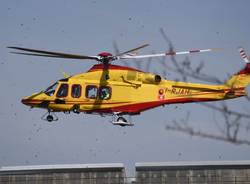


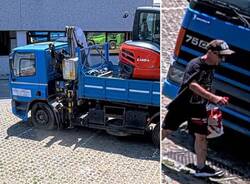

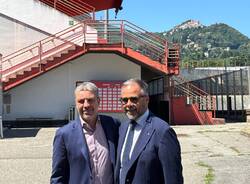
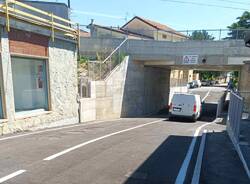
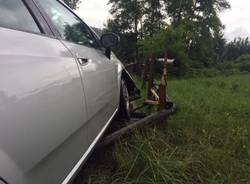

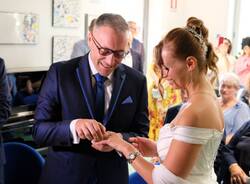






Accedi o registrati per commentare questo articolo.
L'email è richiesta ma non verrà mostrata ai visitatori. Il contenuto di questo commento esprime il pensiero dell'autore e non rappresenta la linea editoriale di VareseNews.it, che rimane autonoma e indipendente. I messaggi inclusi nei commenti non sono testi giornalistici, ma post inviati dai singoli lettori che possono essere automaticamente pubblicati senza filtro preventivo. I commenti che includano uno o più link a siti esterni verranno rimossi in automatico dal sistema.